Inside An Amazon Warehouse [PHOTOS]
Amazon.com, the world's largest online retailer, is also the owner of 80 enormous fulfillment centers around the globe, strategically placed to make every online order a breeze, from click to delivery.
Consumers typically only experience the selection and receiving parts of the fulfillment process; rarely do they get a glimpse into the warehouses where their orders are received, fulfilled and shipped. But take a look at our slideshow, and you'll finally understand just how overwhelmingly massive Amazon's warehouses truly are.
Josh Teeter, the general manager of Amazon.com's warehouse in Phoenix, told ABC News after the company's successful Cyber Monday outing that there are no robots inside Amazon's fulfillment centers, just an ocean of workers who know how to use barcode scanners to find, ship and track any item in its immense warehouse.
"That's kind of the magic of Amazon and the selection," Teeter said. "Making sure you have all that and it's here at the right time. So we're the kind of customer-facing side of that. There's a lot of work that goes on behind the scenes to make sure we have the right product."
The company doesn't yet have its figures from 2012 yet, but in 2010, Amazon.com sold more than 13 million individual items within 24 hours, and that number ballooned last year to 17 million. Amazon expects this year to be its biggest yet.
"It gets very busy at this time, and folks work hard for sure, but again, we bring in help," said Craig Berman, corporate vice president at Amazon. "We're hiring 50,000 seasonal employees to help meet that demand, and we're excited."
Amazon must rely on barcodes and human hands to find the ordered items and drop them into the proper bins -- without robots, Amazon utilizes a system known as "chaotic storage," where products are essentially shelved at random.
By storing items randomly instead of categorically, the warehouse has a much better flow of material. Even without robots or automation, Amazon can compile a "picking list" that locates where each item needs to be taken off the shelf and scanned again before it can be shipped.
The real advantage to chaotic storage is that it's significantly more flexible than conventional storage systems. If there are big changes in a product range, the company doesn't need to plan for more space, because the products or their sales volumes don't need to be known or planned in advance if they're simply being stored at random.
Furthermore, free space is much better utilized in a chaotic storage system. In a conventional system, free space may go unused for quite a while simply because stock is low or there aren't enough products to begin with. Without any kind of fixed positions, available shelf space is always being used.
Of course, it's also a major time-saver. For a company like Amazon, which has thousands if not millions of different items to keep track of, it would take a significant amount of time just to stock the goods in an organized fashion, and that's before an order even comes in. The staff can cover more ground using Amazon's system, and they don't need to spend time sorting items by product or shipping volume.
Take a look at our photo gallery to see the chaotic storage system from within one of Amazon's warehouses, and let us know your impressions in the comments section at the bottom of the page.
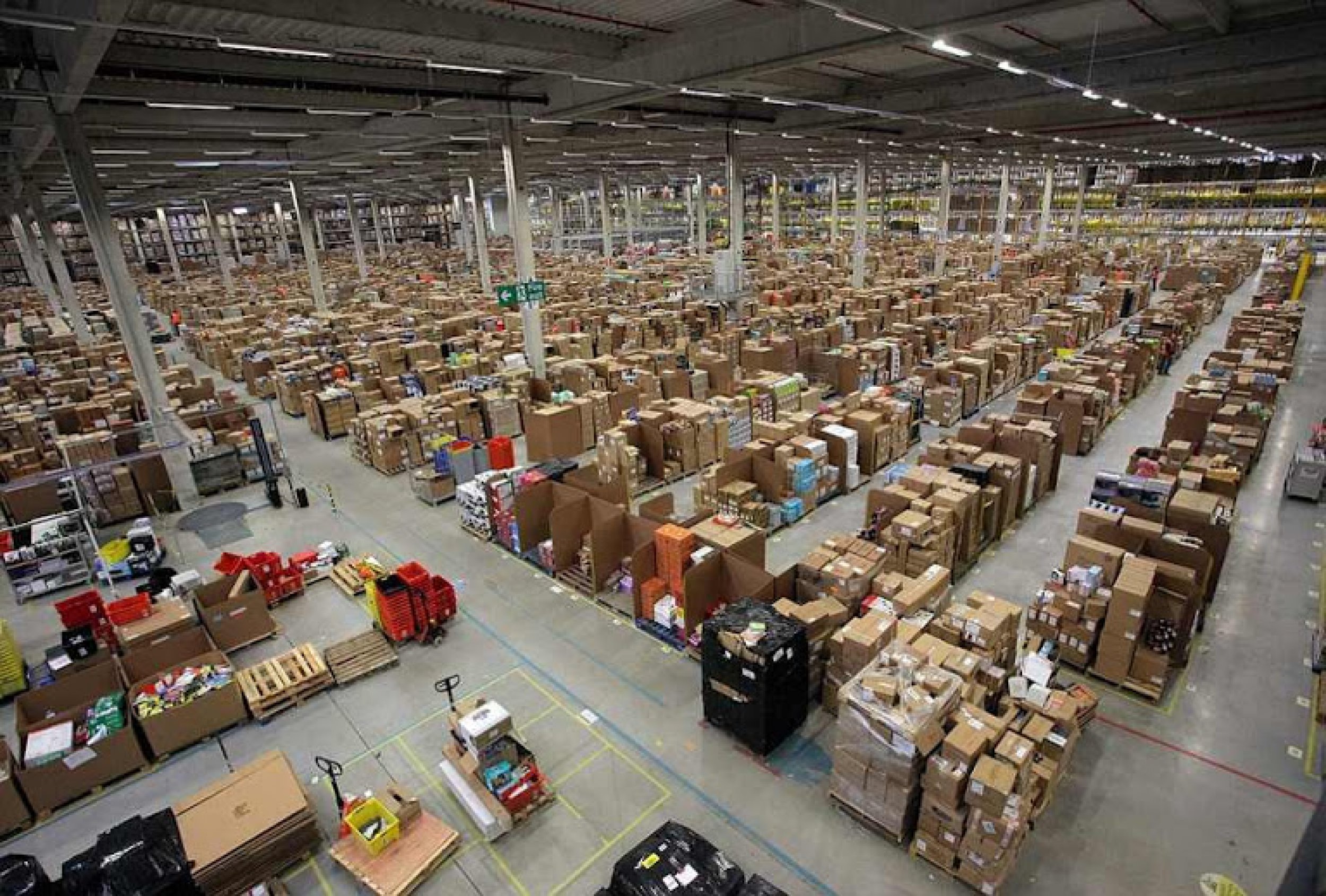
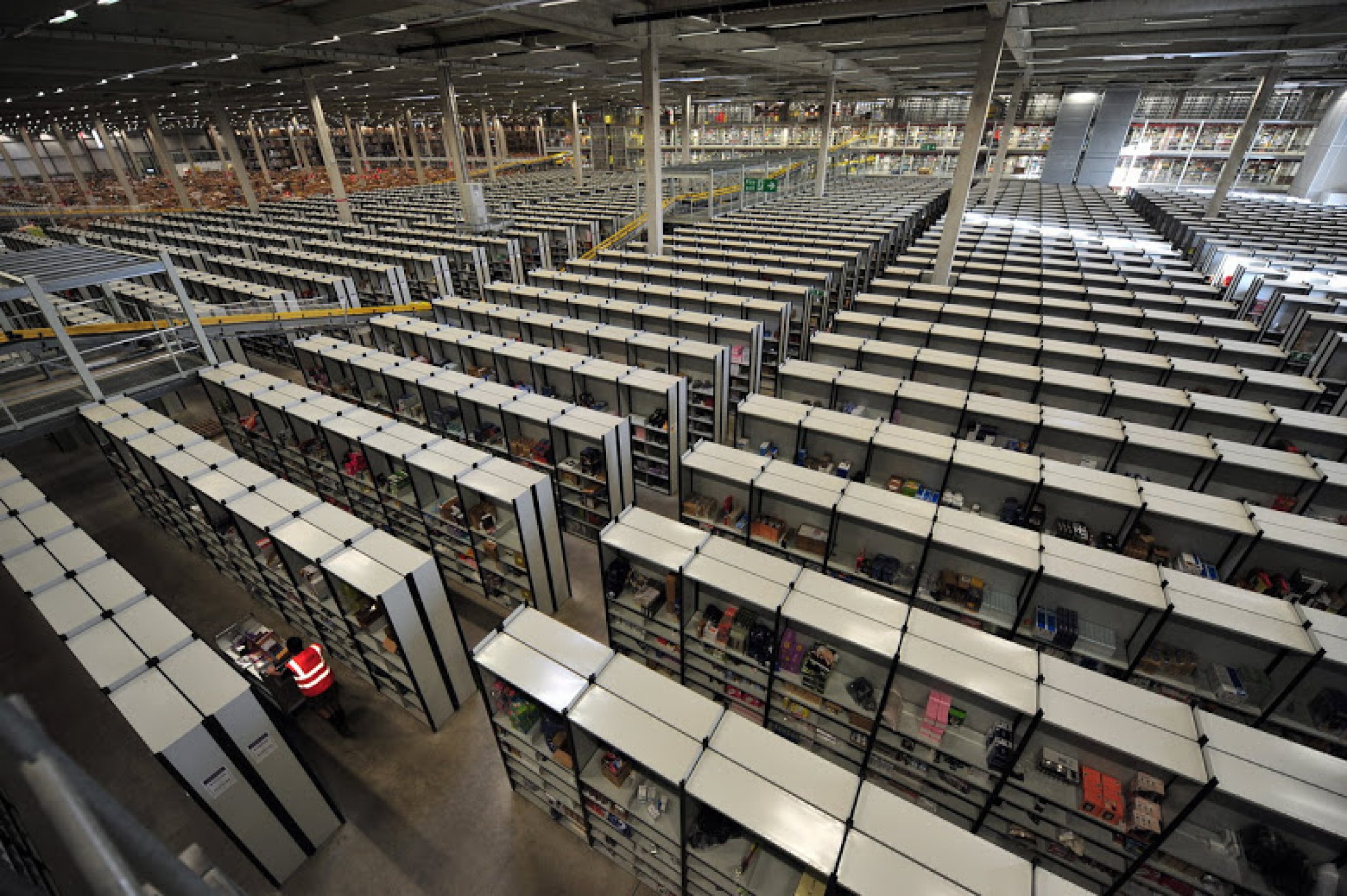
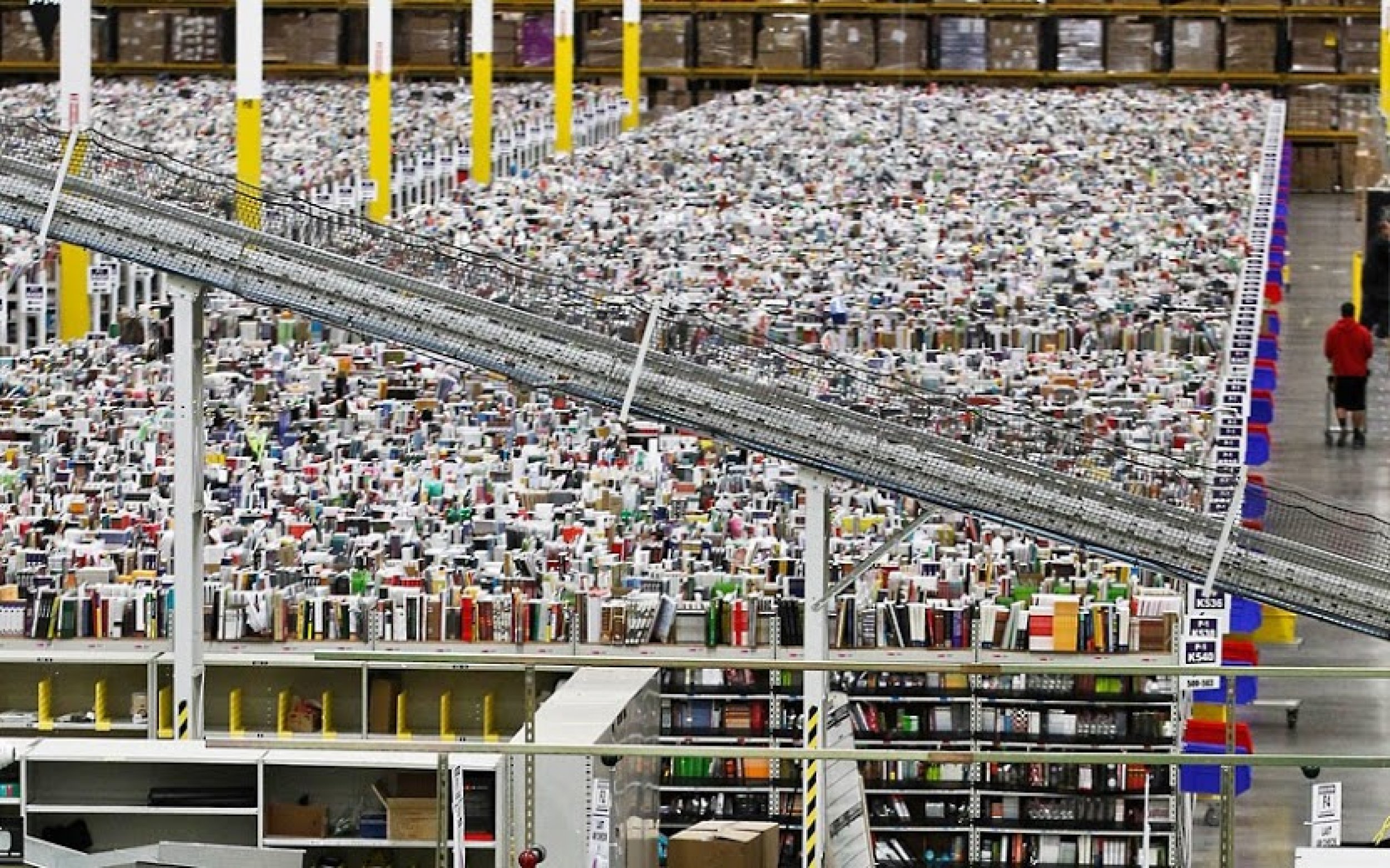


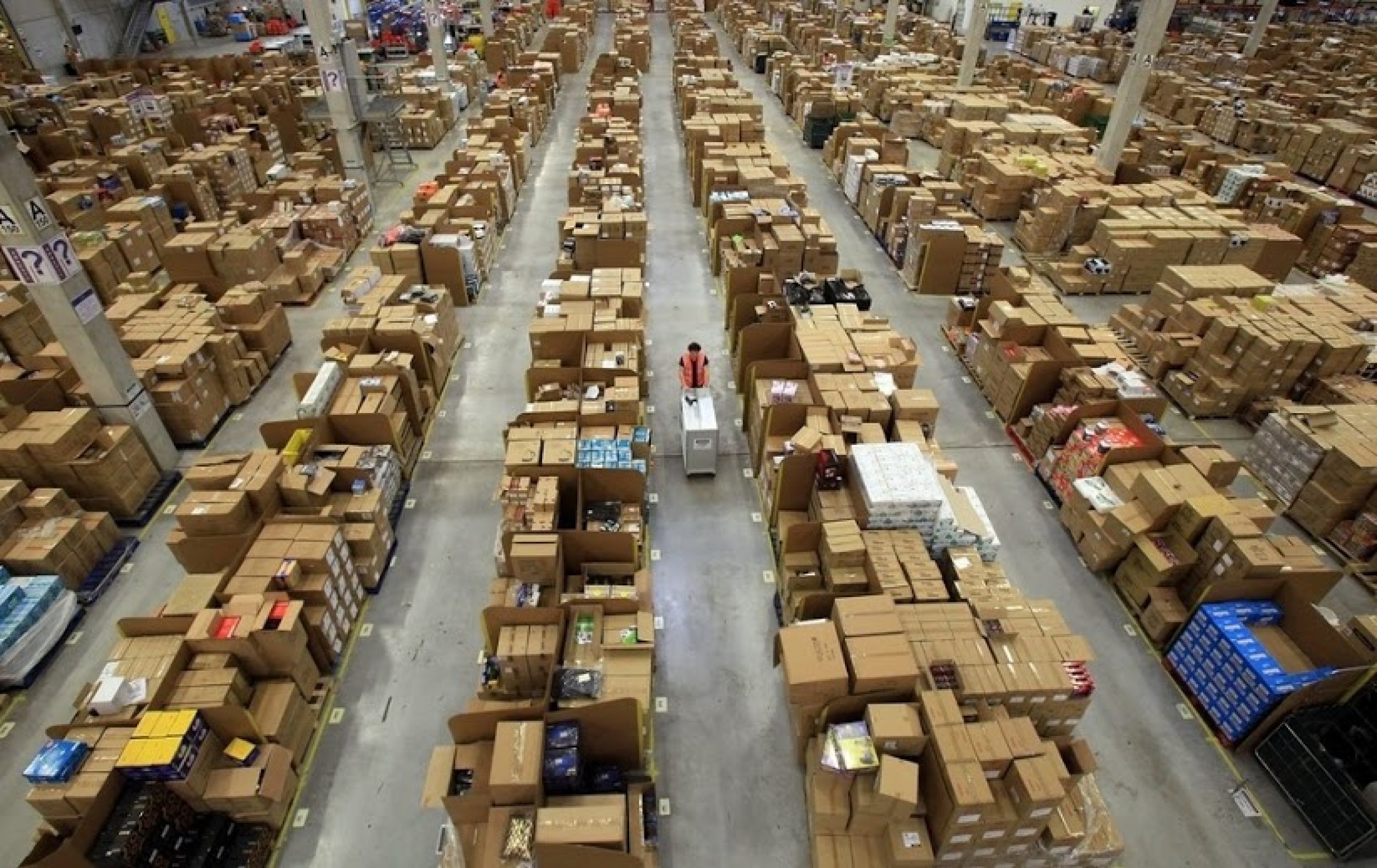
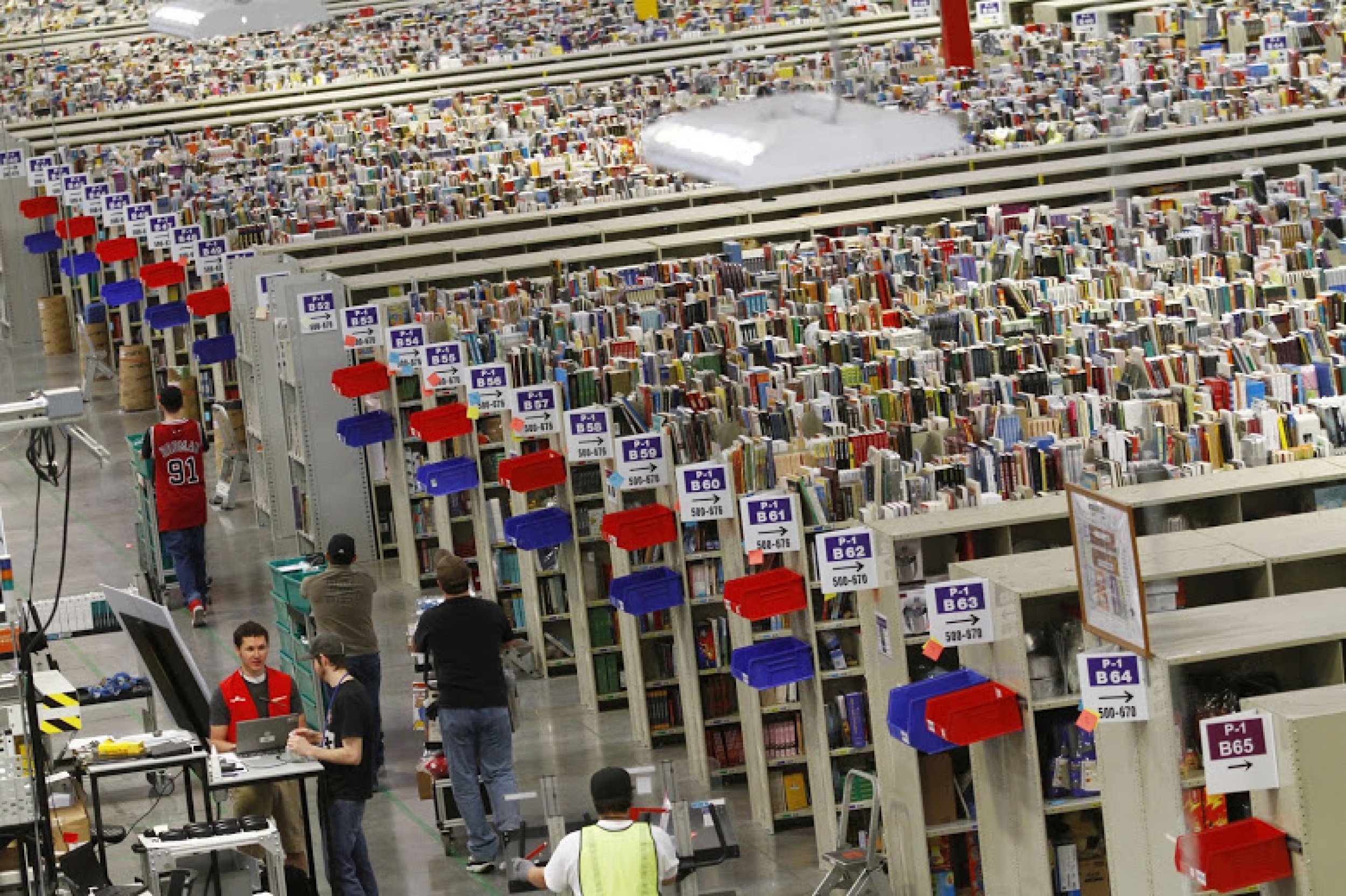
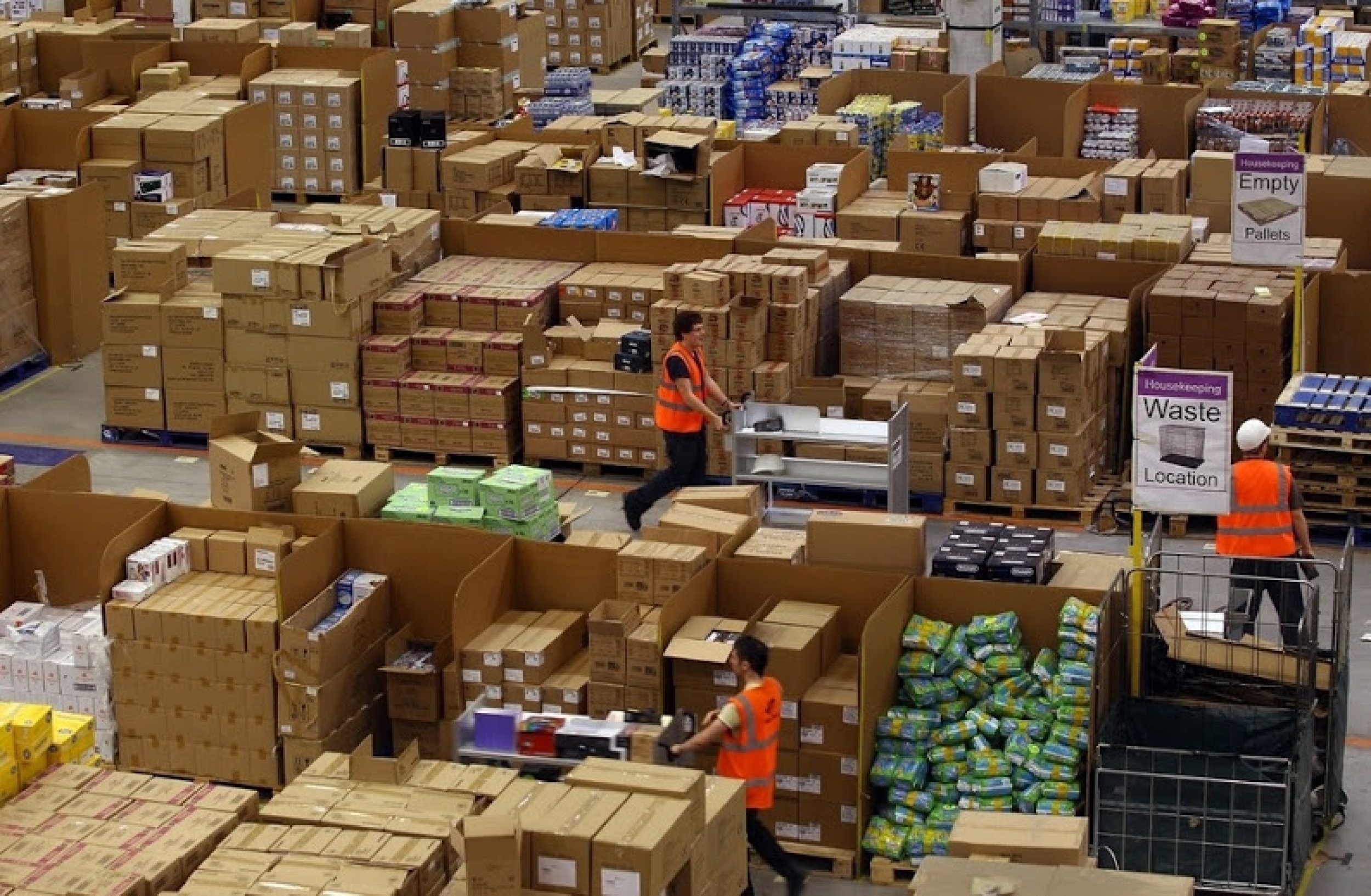
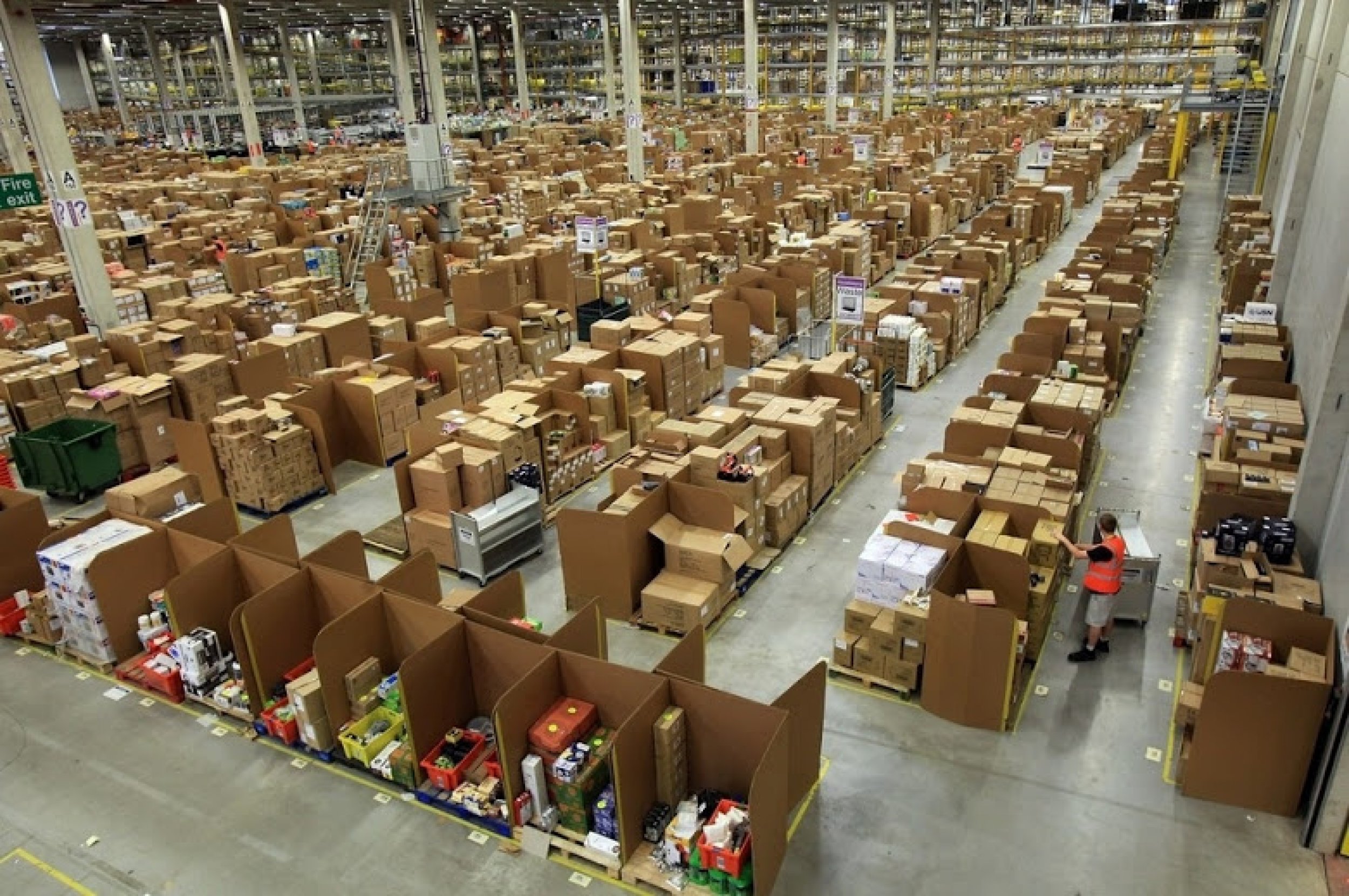
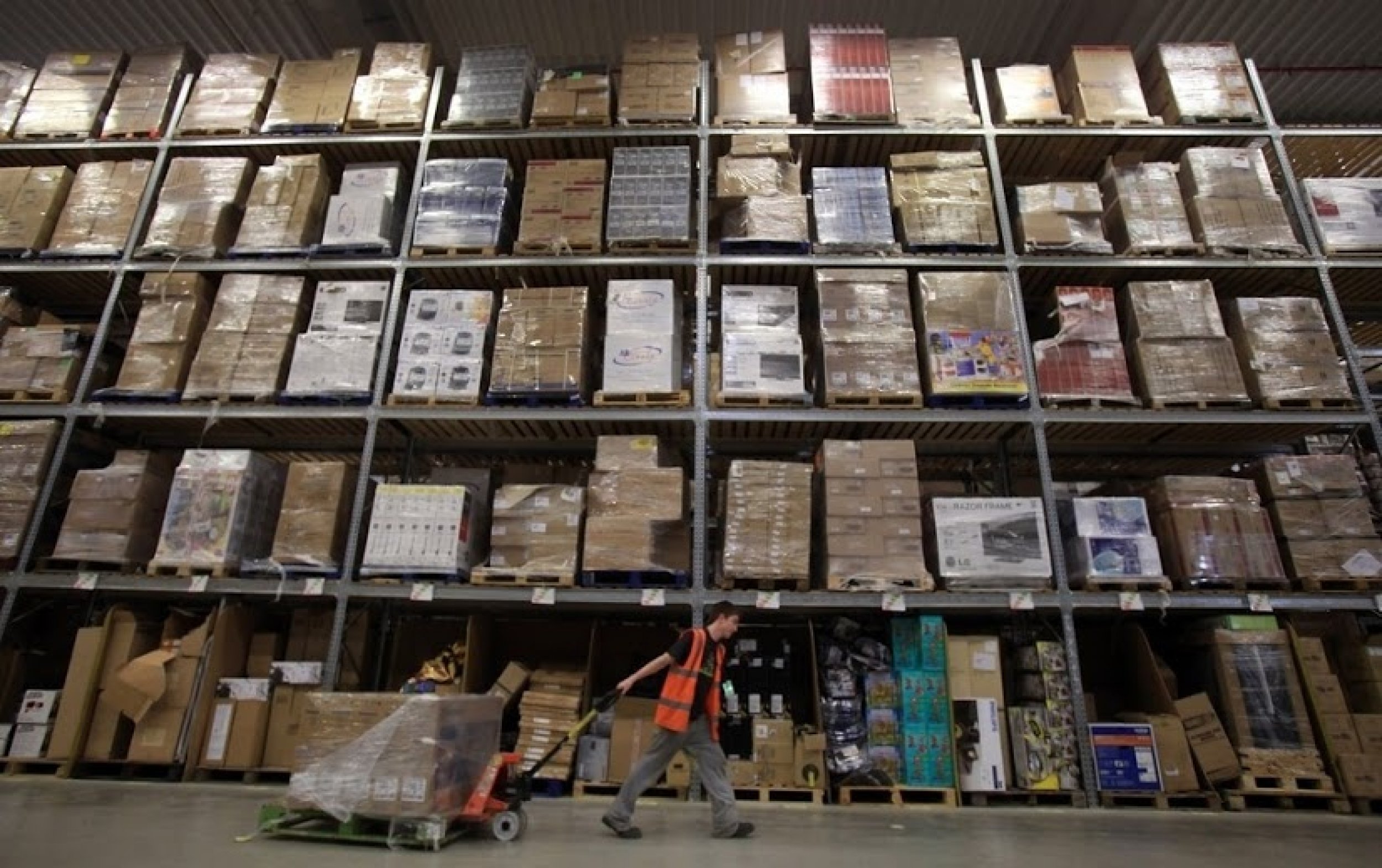
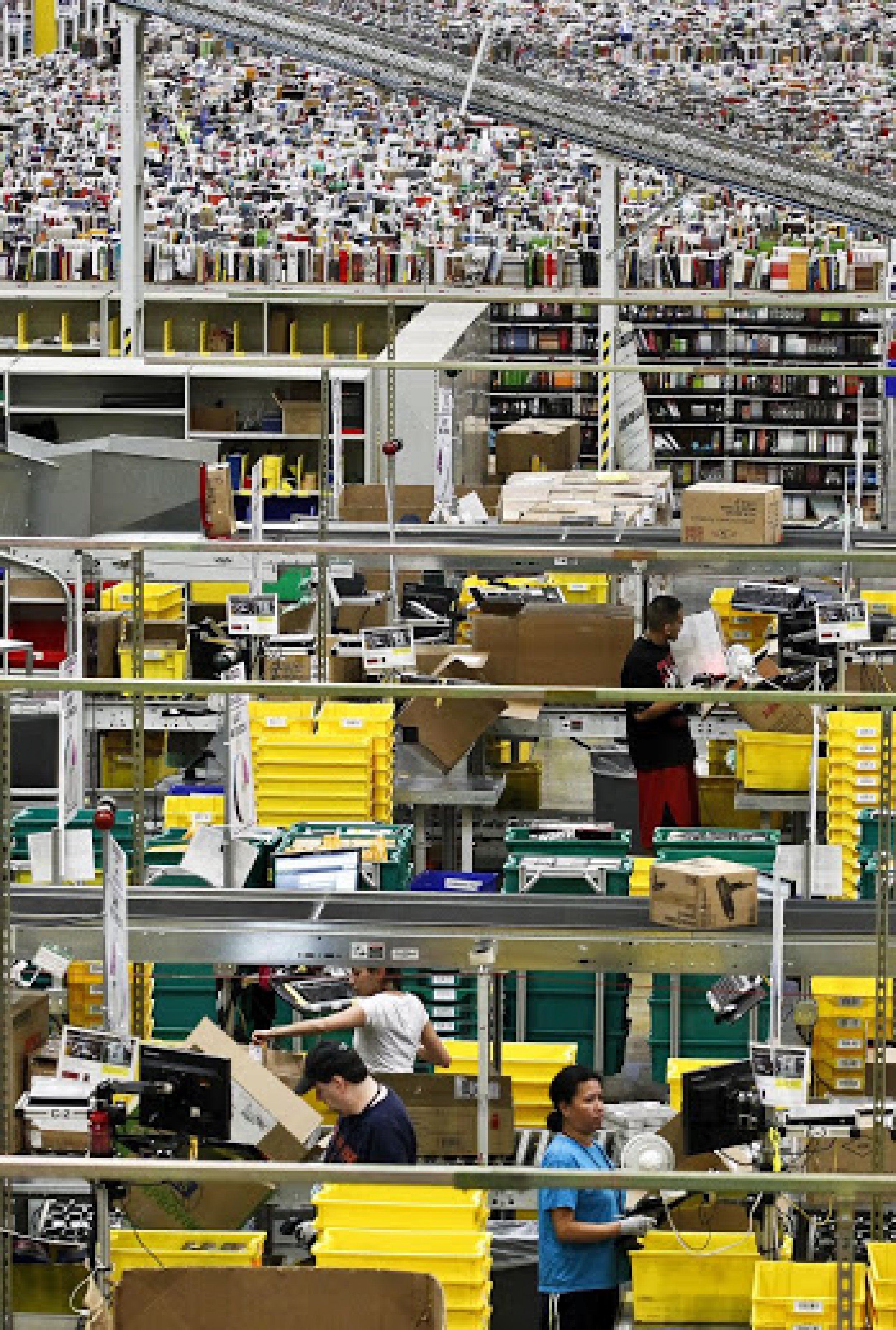
© Copyright IBTimes 2024. All rights reserved.






















